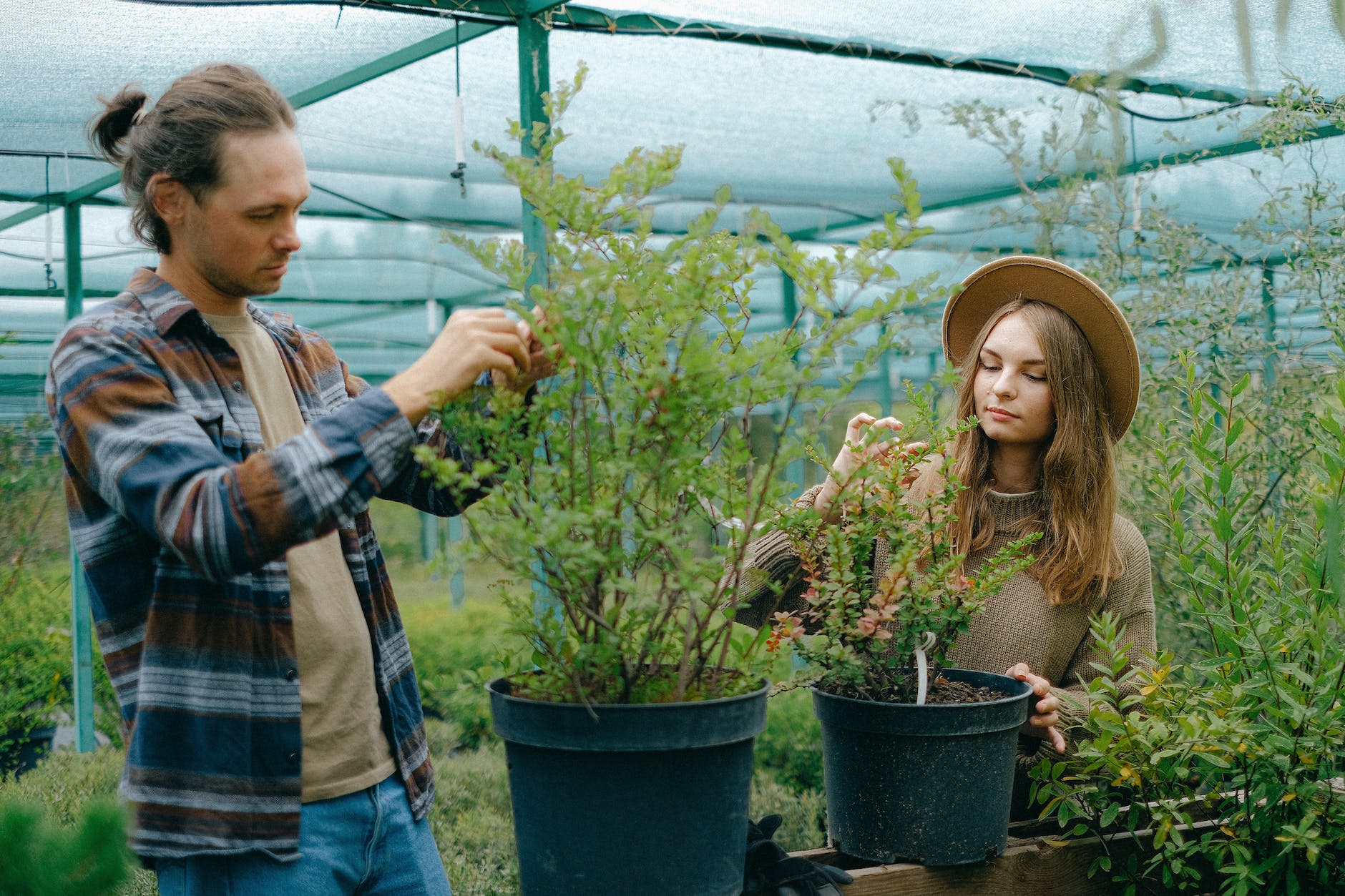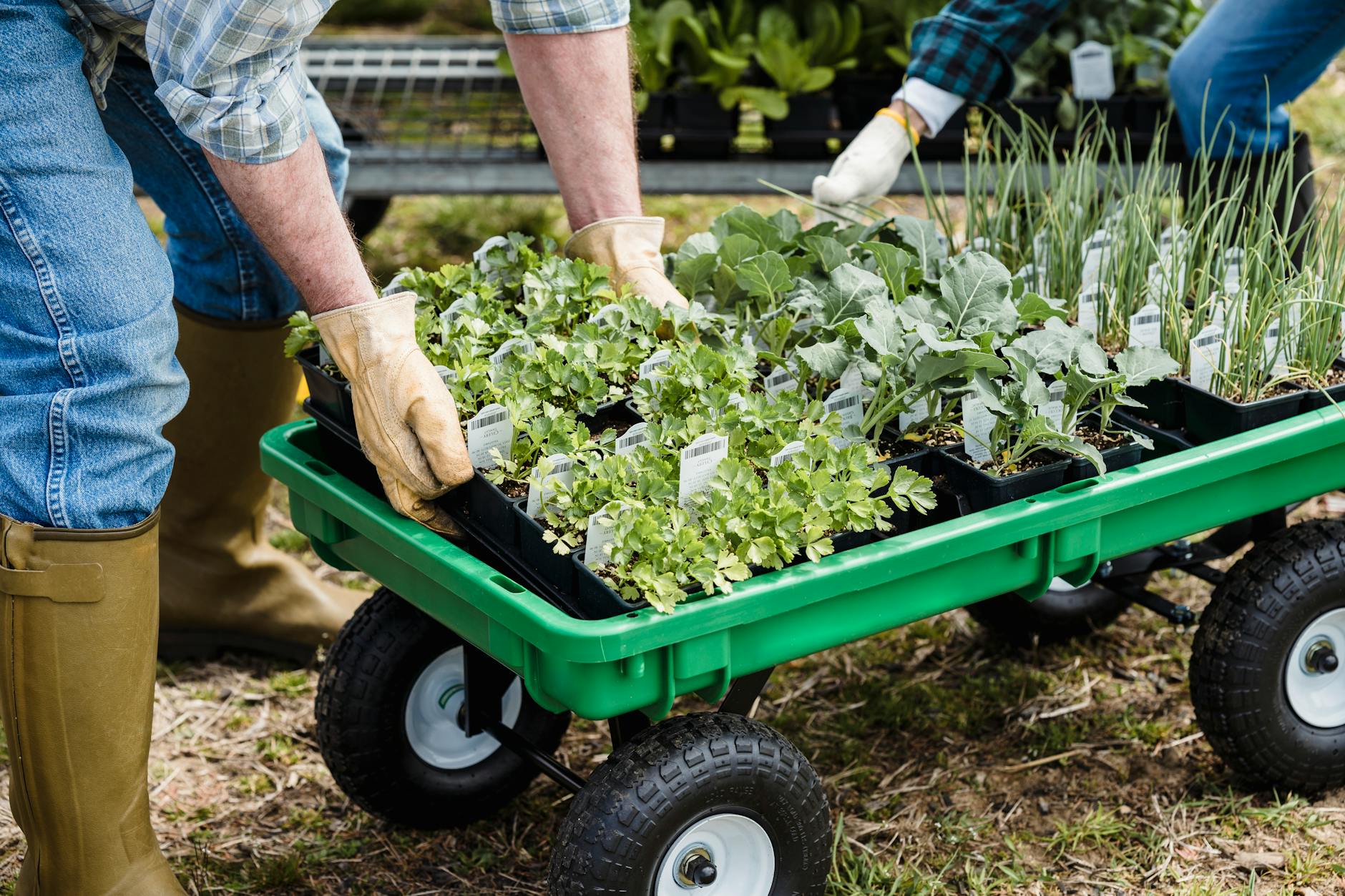Cultivating your own cannabis plants can be an exhilarating endeavor. With the right information, materials, and guidance, even beginners can enjoy a rewarding harvest. This guide is designed to favour you with essential elements on indoor cultivation of cannabis. We delve into everything from choosing the right cannabis seeds to controlling temperature and humidity, as well as pest and disease prevention, among other vital topics.
Firstly, choosing the right cannabis seeds is crucial to your indoor growing success. Cannabis seeds come in an array of types, each with different growth characteristics and effects. You can select your seeds based on your personal preference, be it for a body-relaxing indica, a mind-stimulating sativa, or a balanced hybrid.
The next crucial aspect to consider is the lighting system. Cannabis plants thrive under appropriate light conditions. Indoor cultivation requires the use of grow lights, such as LED, High-Intensity Discharge (HID), or Compact Fluorescent Lights (CFL). LEDs are a popular choice due to their energy efficiency and high lumen output. However, beginners may start with less pricey CFLs while gaining experience and graduating to more sophisticated lighting options.
Whether to use soil or a hydroponics system is another significant decision to make in indoor cannabis cultivation. Soil vs hydroponics becomes a question of personal preference, available resources, and skills level. Soil is the traditional medium and simpler to handle, but hydroponics can provide quicker growth and higher yield, albeit requiring more expertise and investment.
Understanding how to control potential deviations in temperature and humidity is also critical. Cannabis plants prefer a moderate climate, roughly 70-85 degrees Fahrenheit during the day and slightly cooler at night. Humidity levels should be lower (around 40-50%) during the flowering stage to prevent mold formation.
The careful provision of plant nutrients is one of the secrets to producing hearty cannabis plants. Well-balanced soil should contain enough nutrients for the initial stages, but as the plant develops, you may need to supplement with cannabis-specific nutrients, particularly Nitrogen, Phosphorus, and Potassium.
Successful indoor cannabis cultivation also involves pruning and training techniques. Pruning involves trimming off extra leaves or stems to allow more light to reach the lower parts. Training techniques such as Low-Stress Training (LST) or Screen of Green (ScrOG) can be implemented to maximize light exposure and yield.
Pest and disease prevention is vital in maintaining a healthy cannabis garden. Regular inspection of the plants for pests, diseases, and nutrient deficiencies can go a long way. Using organic or chemical-based pest control measures, observing sanitation, and maintaining optimal growing conditions can help keep pest and diseases at bay.
After weeks or months of nurturing, it’s finally time to harvest your cannabis plants. Knowing the right time to harvest is essential for the quality of the final product. Harvesting should take place when most of the plant’s trichomes have turned milky white, along with a few characteristic amber ones. Post-harvest, the curing process starts by hanging the buds upside down in a controlled environment for several weeks. The curing process enhances the potency and flavor of the cannabis.
Overall, successful indoor cannabis cultivation may seem daunting at first, but with this beginner’s guide, you have a roadmap to a bountiful harvest. Enjoy the process. Learn from each cycle, and in no time, indoor cannabis cultivation will transform from an experiment into a fulfilling hobby or even a profitable venture.

